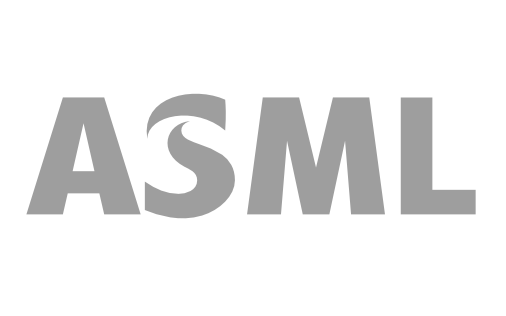Elevating Culture: Signify's Journey to Employee Engagement and Transformation.
Signify wanted to understand better the implicit and explicit elements shaping and determining their culture.
Secondly, what was the impact leadership were having on culture? Was it positively or negatively impacting it?
Once you understand the cultural drivers and the specific working environment employees seek, you can begin working with leadership and mindset to tweak it.
We worked with the Collective Leadership Assessment (CLA) from the Leadership Circle in the US to make the cultural elements visible and to advise on the next steps of their culture change initiative.
The Collective Leadership Assessment measures the current impact of leadership on culture as measured against the ideal culture the group are looking for. It is simple, proven and effective. A team are asked questions about the current culture in the team and organisation and their aspirational culture - what does the ideal look like? In other words, what is their optimal working environment to be most successful and productive?
The survey looks at eight broad themes:
Relating
Self Awareness
Authenticity
Seems Awareness
Achieving Results
Control
Protecting
Complying
The output from all the data is presented as a simple graph.
The thick black lines in each sector represent the desired working methods. The blue shaded area represents the current way of working. Where there is a significant difference between the two is where resources and interventions can be focused. So, in the above example, we would be looking at focussing our attention on:
Shifting the focus from a culture of Control to Achieving more results
Controlling is the opposite of Relating. Hence, Controlling is high, and Relating is low in the above. We would focus on creating solid and more Authentic relationships within the team and its leadership.
Authenticity is about aligning what you do, say, and believe. Increasing Authenticity in the team means being more human and more in tune with core beliefs.
Alongside the graph is a full report containing the raw data. The detailed answers per question and percentiles about how it compares to other organisations. It provides more nuance that supports the graph and the desired change.
Together, they pointed out the way for Signify to create a culture of belonging, employee engagement, and personal development.
And because the data can be sliced in any demographic or region, it was also possible to see where the aspirational culture was already being delivered. A leader could see what other regions were doing and what ideas could be copied.
For more information about how we can work with the culture in your team or organisation, contact Ben.
We have delivered similar solutions for:





